Embracing the joy and energy of a new puppy, it’s important to equip them with the right toys to foster their growth and keep them entertained. Let’s dive into the world of puppy play, discovering how to select the perfect toys and create a playful home environment that your new furry friend will love.
Unleashing Joy with New Puppy, New Toys
Puppies are bundles of energy and curiosity, and introducing them to new toys is a delightful way to channel their playful spirits. These little companions thrive on interaction, and the right toys can help them develop both physically and mentally.
As your new puppy explores the world around them, toys become their gateway to learning and fun. From fetching games to chew toys, each item serves a purpose in nurturing your puppy’s growth.
Chew toys are a must-have for teething puppies. They not only provide relief from the discomfort of teething but also help keep your furniture safe from destructive chewing. Look for toys made from durable materials that can withstand the test of time and vigorous play.
Interactive toys are another fantastic choice. They encourage your puppy to use their problem-solving skills and engage in activities that stimulate their minds. Puzzle toys, for instance, can keep your puppy entertained for hours as they figure out how to retrieve their treats.
Safety is paramount when selecting toys for your new puppy. Opt for toys without small parts that could be swallowed, and ensure that they are free from harmful chemicals. A puppy’s curiosity can sometimes lead to accidents, so it’s crucial to choose toys that are both fun and secure.
Introducing new toys gradually is a good strategy. Allow your puppy to become accustomed to each toy before introducing another. This helps prevent overwhelming them and ensures they have time to learn how to play with each item properly.
Playtime is not just about entertainment; it’s a vital part of your puppy’s daily routine. It strengthens the bond between you and your new companion, and it helps with socialization. By engaging in play, your puppy learns to interact with the world in a positive and healthy way.
When shopping for new puppy toys, consider a variety of textures and sounds. Some puppies love plush toys with crinkly sounds, while others might prefer the feel of a rubber ball. Offering a range of options allows you to see what your puppy enjoys the most.
Creating a playful home environment is as simple as having a designated toy area and ensuring there are always new and exciting items for your puppy to explore. This not only keeps your puppy happy but also helps maintain a tidy living space.
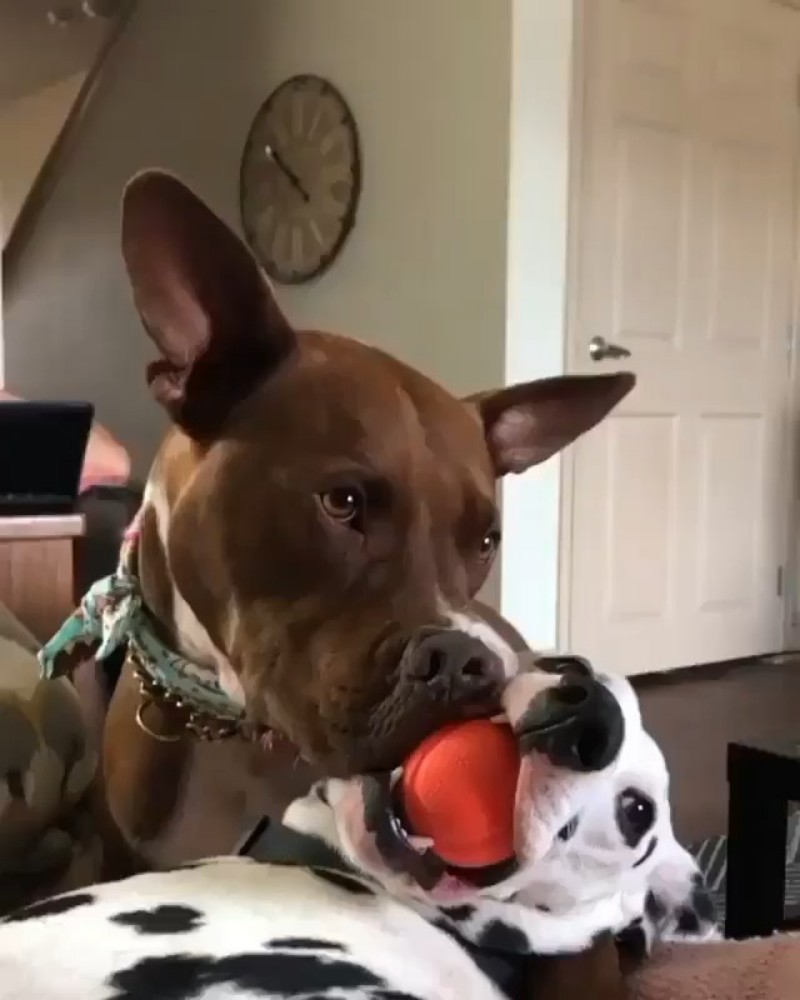
The Exciting Arrival of Your New Pup
The soft whine of the carrier greeted you as you approached the front door, and with a gentle lift, you welcomed your new furry friend into the house. The excitement was palpable as their tiny paws touched the cool floor, their eyes wide with curiosity and a hint of nervousness.
As you carried your new pup to their designated area, you couldn’t help but marvel at their delicate features and the way they snuggled against you. The first few moments at home were filled with introductions to their bed, food, and water—simple rituals that would soon become part of their daily routine.
Your new puppy’s eyes darted around, taking in every new scent and sight. They might have yipped or whined, adjusting to the sudden change in their environment. But their little hearts were full of wonder, eager to explore the place that would soon feel like their own little haven.
You settled your puppy in their new bed, a cozy spot that would become a safe haven for sleep and relaxation. As they settled in, you noticed their small, tentative movements, a sign that they were taking in their surroundings and beginning to feel a sense of security.
The first mealtime was a significant milestone. You watched as your new pup approached the bowl with a mix of caution and curiosity, their tiny nose twitching with anticipation. The moment they took their first bite, their eyes sparkled with satisfaction, and you knew you were on the right track.
As the sun began to set, casting a warm glow through the windows, you noticed your puppy’s body language relax. They seemed to be winding down, ready to drift off to sleep. It was a peaceful end to an exciting first day, and you couldn’t help but smile, knowing that this little creature would bring joy and love into your life for years to come.
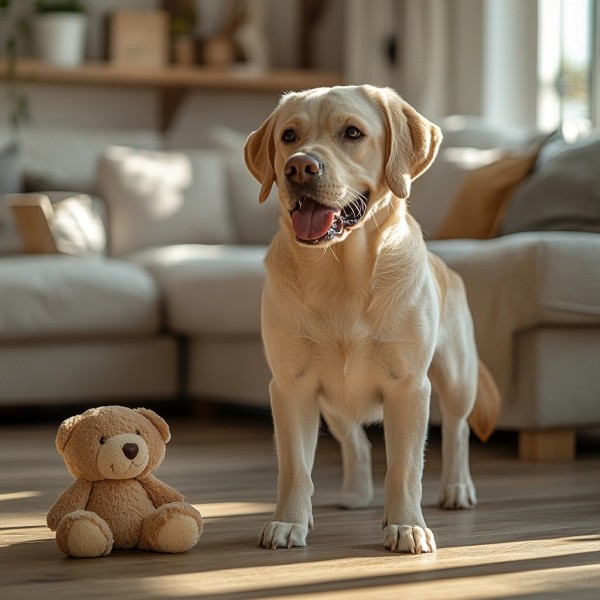
Why Toys Are Essential for Puppies
Toys are more than just playthings for puppies; they are essential tools for their development. They stimulate their minds, helping them learn about the world around them.
Puppies are naturally curious creatures, and toys provide them with the chance to explore and understand their senses. Through play, they discover textures, sounds, and movements, which aids in their cognitive growth.
Physical play is crucial for a puppy’s development. It strengthens their muscles and bones, preparing them for the active life they’ll lead as they grow. Toys that encourage fetching or chasing help improve their coordination and balance.
Chewing is a natural behavior for puppies, and it’s vital for their dental health. Toys designed for chewing can help prevent dental issues later in life, such as tooth decay and gum disease.
Socialization is another key aspect of puppyhood, and toys can play a role in this process. By sharing toys with other dogs or with family members, puppies learn to interact and communicate, which is essential for their social development.
Engaging with toys can also be a great stress reliever for puppies. It provides them with an outlet for their energy and can help calm them down during times of anxiety or excitement.
Lastly, toys can be a bonding experience between you and your puppy. Playing together can strengthen your relationship and create cherished memories, making the toy a symbol of your connection.
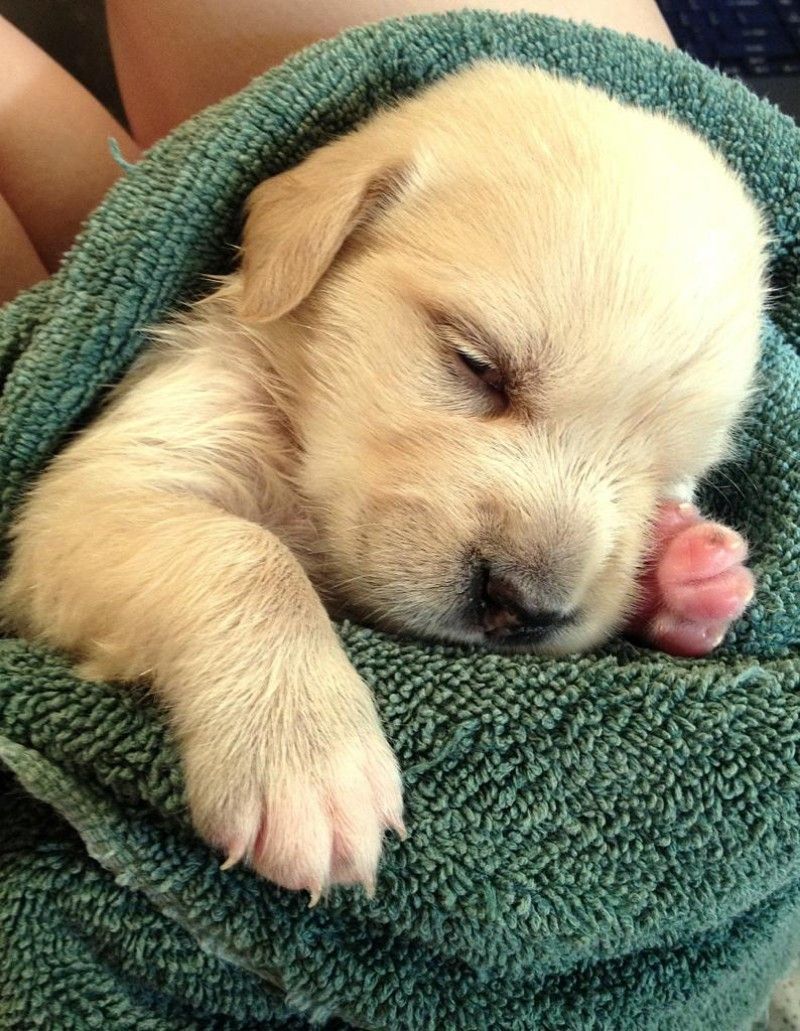
Choosing the Right Toys for Your New Puppy
When selecting toys for your new puppy, consider their size. Opt for toys that are appropriately sized to avoid any choking hazards. You want toys that are big enough for your puppy to grasp but not so large that they could swallow them whole.
The material of the toy is important too. Look for toys made from durable materials that can withstand rigorous play. For teething puppies, soft rubber or plush toys can be comforting and gentle on their gums.
Engagement is key, so consider toys that are interactive. Puzzle toys, for example, can keep your puppy’s mind active while they play, which is especially beneficial for puppies with a lot of energy.
Safety should always come first. Avoid toys with small parts that can be easily chewed off and swallowed. Also, steer clear of toys with sharp edges or toxic materials.
It’s a good idea to have a variety of toys to keep your puppy’s interest. Some days they might be in the mood for a tug-of-war, while other days they might prefer a quiet chew session. Having a range ensures you can cater to their changing moods.
Lastly, consider your puppy’s breed and energy level. High-energy breeds might enjoy toys that are more durable and stimulating, while calmer breeds might prefer quieter, more soothing options. Tailoring the toy to your puppy’s personality can make playtime even more enjoyable.
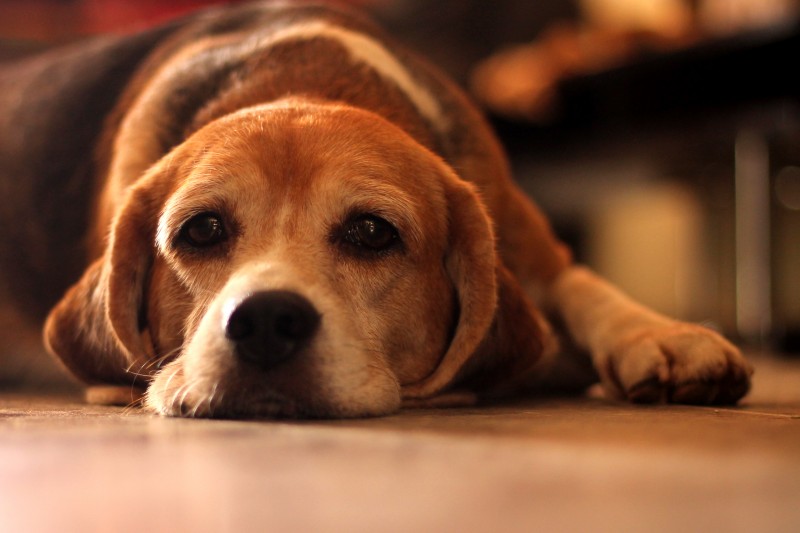
Interactive Toys: Keeping Your Pup Engaged
Interactive toys are a game-changer when it comes to keeping your pup engaged. They offer a level of mental stimulation that can be particularly beneficial for puppies with a penchant for boredom.
Puzzle toys are fantastic for challenging your puppy’s problem-solving skills. They come in various complexities, from simple push-button dispensers to multi-layered mazes that require your pup to think creatively to reach their treats.
Fetch toys are a classic way to keep your pup engaged. They encourage physical activity and can be great for outdoor play. A plush toy with a bell inside or a durable rubber ball can make fetching more exciting for your dog.
Tug-of-war toys are perfect for a good, old-fashioned game of pull and play. They help build your puppy’s strength and provide a great bonding experience. Just be sure to choose a toy that’s sturdy enough to withstand the tug.
Treat-dispensing toys are great for reinforcing good behavior. They keep your puppy occupied while you’re training, and they offer a healthy way to reward them with their favorite snacks.
Interactive toys also come in the form of scent-based puzzles, which are especially appealing to puppies with a strong sense of smell. These toys can be filled with treats or scents that your puppy loves, making playtime both enjoyable and rewarding.
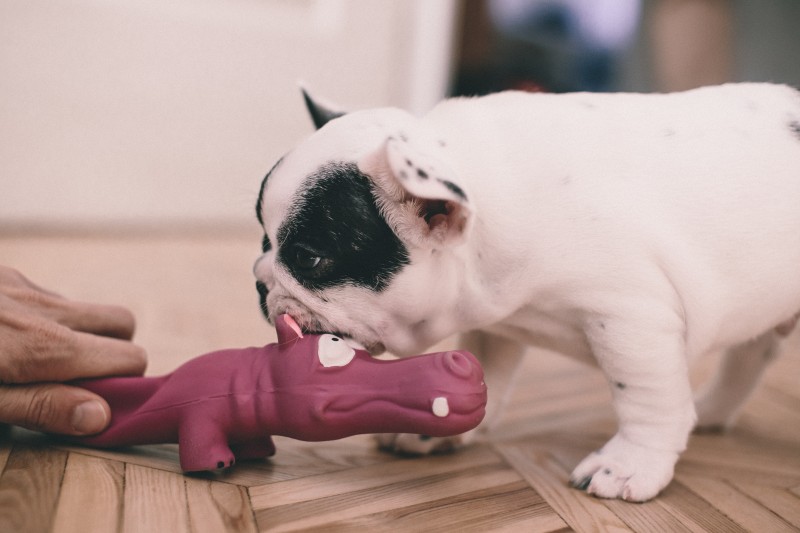
Safety First: Essential Tips for Puppy Toy Selection
Always check for small parts that could be a choking hazard, especially for puppies who are still teething or curious about putting things in their mouths.
Look for toys made from non-toxic materials that are safe for your puppy to chew on. Avoid items painted with bright dyes or those that may contain harmful chemicals.
Ensure that the toy is sturdy and durable enough to withstand the rough play that puppies are prone to. Check for any loose threads or seams that could unravel and become a risk.
Consider the size of the toy in relation to your puppy’s mouth and body. It should be large enough to prevent accidental swallowing but not so big that it could cause injury if swallowed.
Always supervise playtime, especially when introducing new toys. This way, you can monitor how your puppy interacts with the toy and intervene if something goes wrong.
Keep an eye on your puppy for any signs of discomfort or injury after playtime. If a toy seems to be causing pain or distress, it’s best to remove it from use and find a safer alternative.
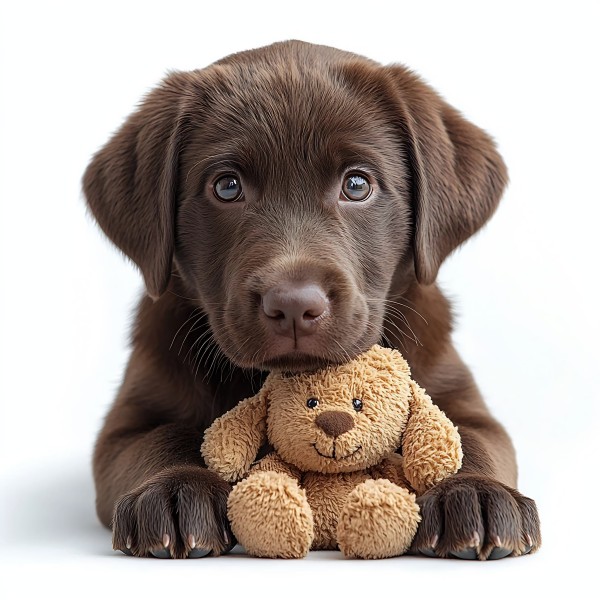
Introducing New Toys Gradually
Start by presenting one new toy at a time so your puppy can focus on it without being overwhelmed.
Let your puppy investigate the new toy at their own pace. Sometimes it takes a little time for them to become interested and learn how to play with it.
Observe your puppy’s reactions to the new toy. If they show disinterest or confusion, don’t force them to play. Give them space and try again later.
Encourage your puppy to play with the new toy during a relaxed time, like after a nap or during a quiet moment. This can help them feel more comfortable with the new object.
Introduce the toy during a routine activity, such as mealtime, to associate the toy with positive experiences.
Remember, patience is key. Some puppies might take longer to get used to a new toy, so keep offering it and be consistent in your approach.
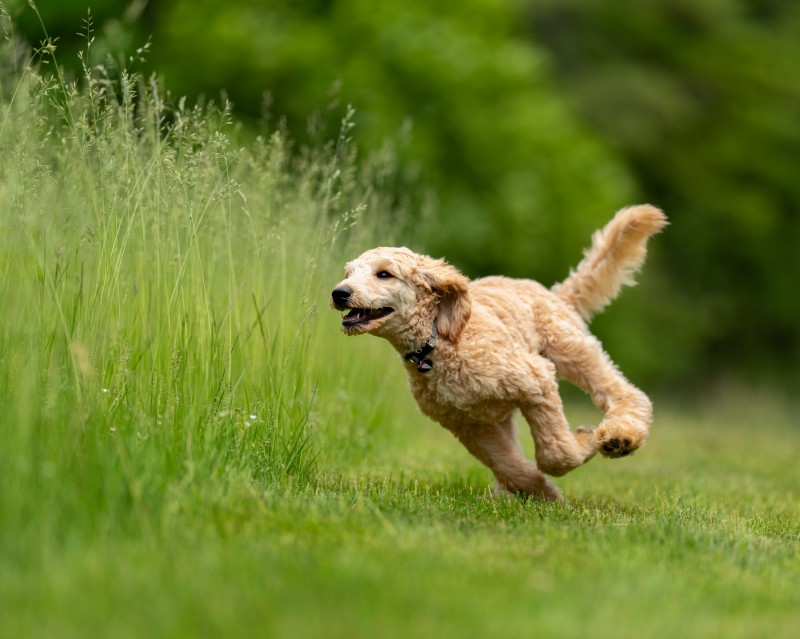
The Benefits of Playtime for Puppies
Playtime helps puppies learn important social skills, such as how to interact with other dogs and humans.
Physical activity during play helps puppies build strong muscles and bones, setting a foundation for a healthy, active lifestyle.
Engaging in play can reduce stress and anxiety in puppies, especially when they’re going through significant changes like moving to a new home.
Play stimulates a puppy’s mind, promoting cognitive development and preventing boredom, which can lead to destructive behavior.
Puppies learn bite inhibition through play, understanding the right amount of force to use when interacting with humans and other dogs.
Playtime can be a great way for puppies to learn about their environment, exploring different textures, sounds, and objects that they encounter during play.
Regular play also helps in the bonding process between you and your puppy, creating a strong and loving relationship through shared activities.

Top Picks for New Puppy Toys
A classic plush toy with a squeaker inside is a timeless favorite that’s comforting and entertaining for puppies.
Interactive treat dispensers encourage problem-solving and provide mental stimulation, keeping your puppy engaged for longer periods.
A durable rubber ball is perfect for fetch games, promoting physical activity and bonding time with your new puppy.
For puppies who love to chew, a rope toy can be both satisfying and safe, helping to prevent destructive chewing on furniture.
A soft, chewable teether is ideal for teething puppies, offering relief from sore gums while keeping them occupied.
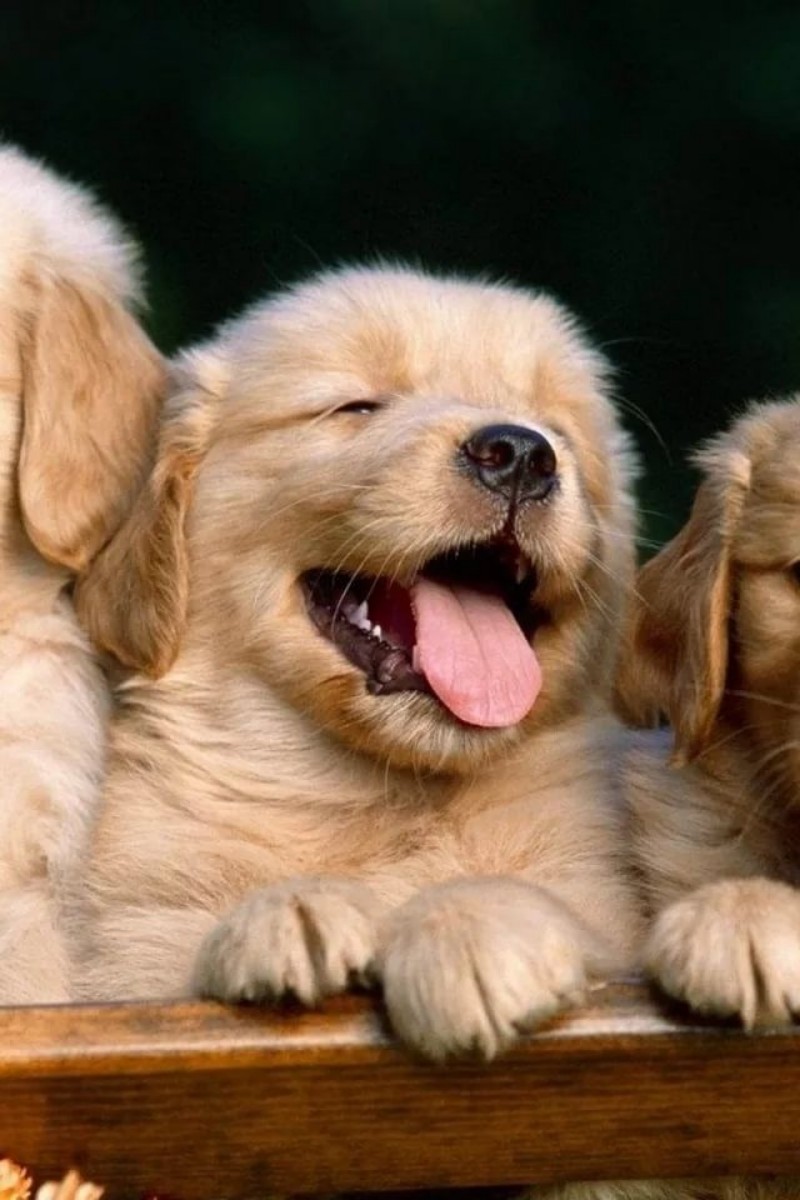
Creating a Playful Home Environment
Spread out a variety of toys around the house so your puppy can find them easily and play independently.
Set up a designated play area where your puppy can go to explore and interact with their toys without disturbing other household activities.
Keep a supply of treats nearby for those moments when playtime turns into training time, reinforcing good behavior.
Make sure there are safe places for your puppy to retreat to during play, like a cozy corner with their bed, where they can rest and recharge.
Regularly rotate the toys to keep things interesting and prevent your puppy from getting bored with the same items.
Use soft, non-slip surfaces under your puppy’s play area to protect floors and furniture from scratches and wear.
Hang toys from strings or attach them to leashes to encourage your puppy to play and move around more, which is great for exercise.
